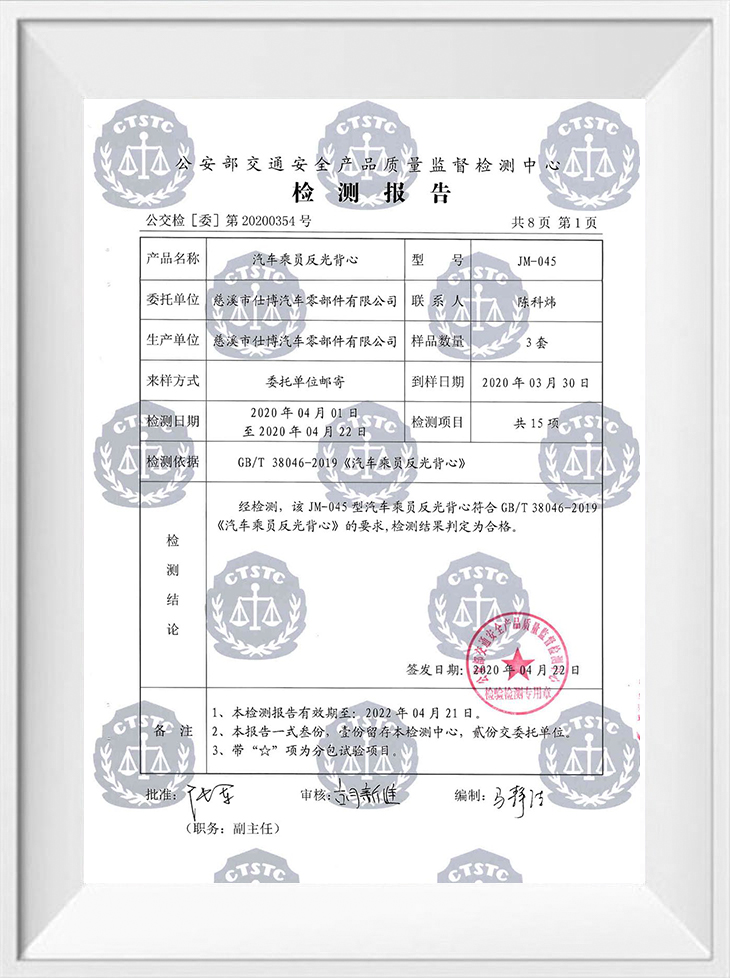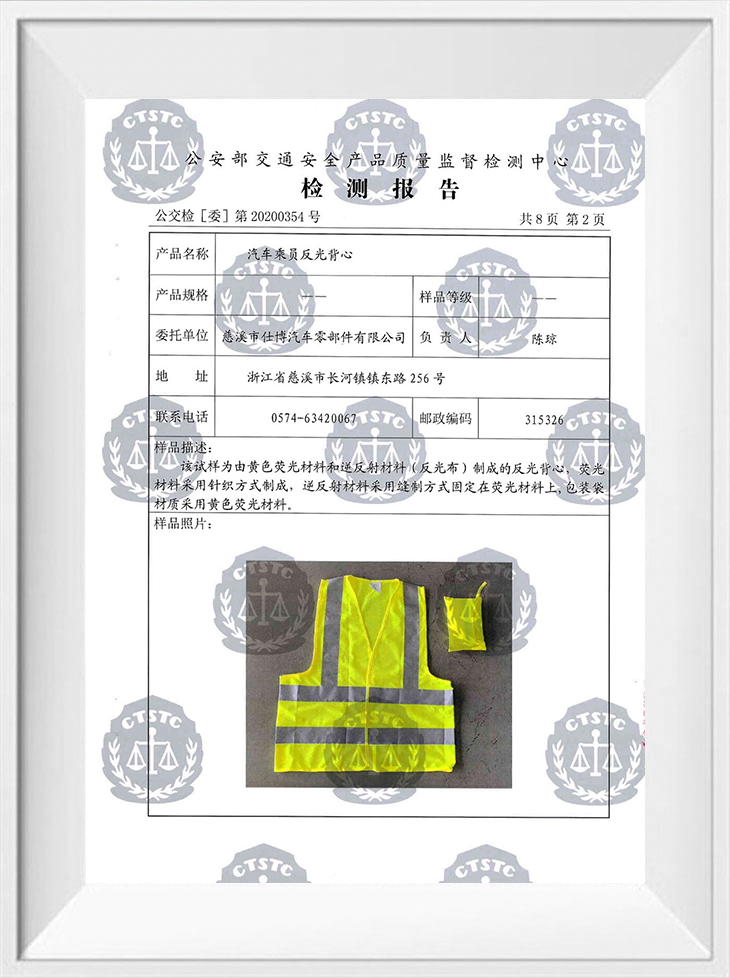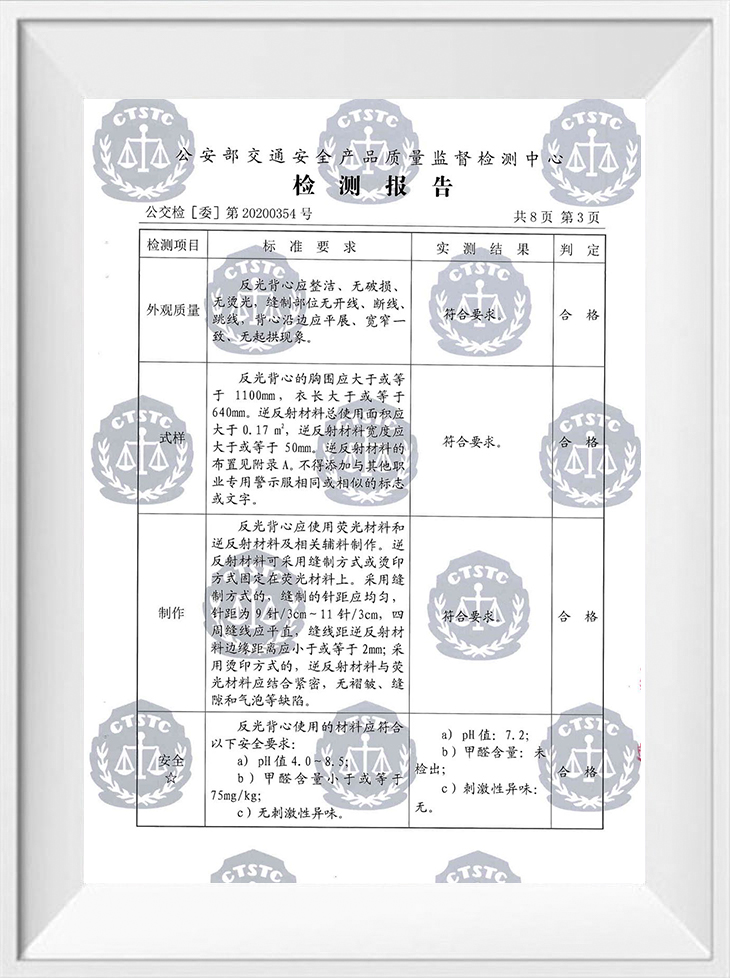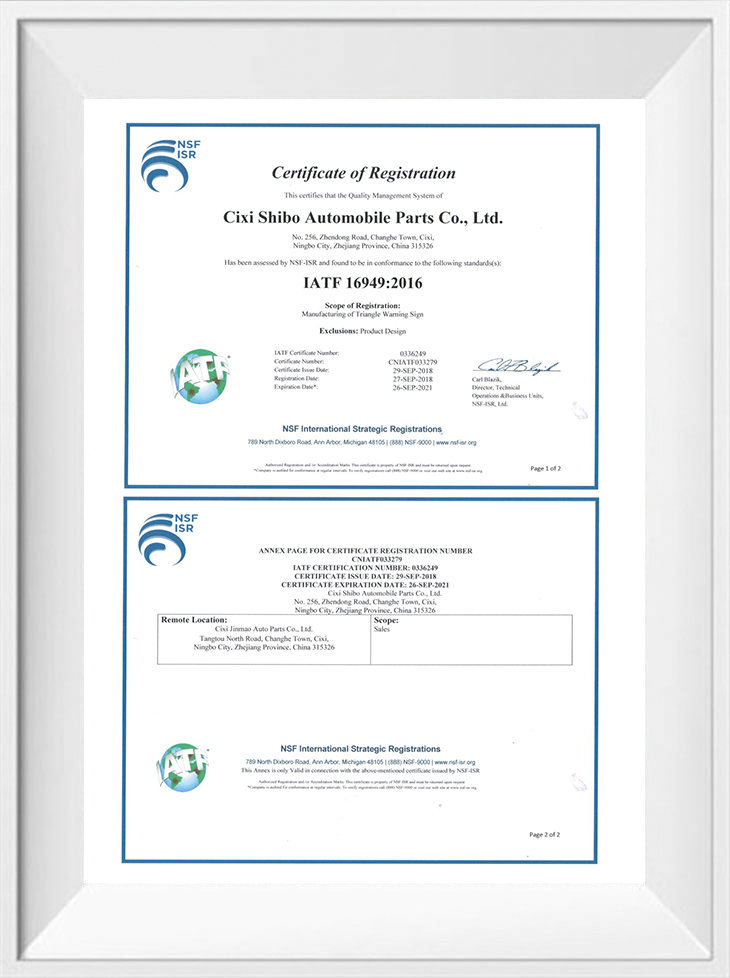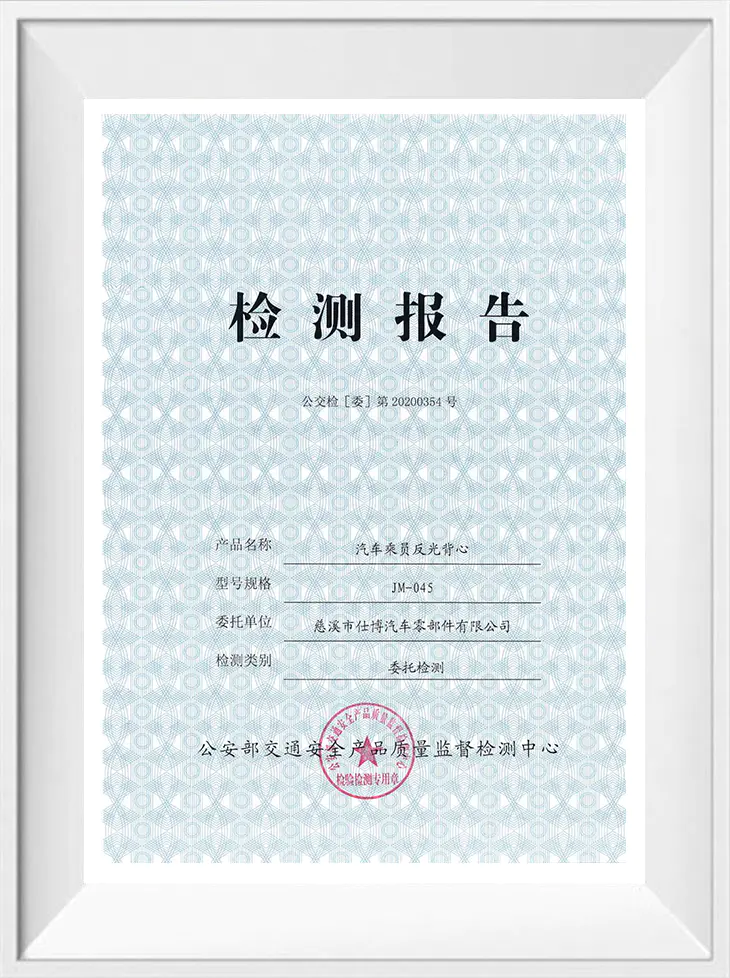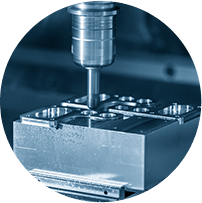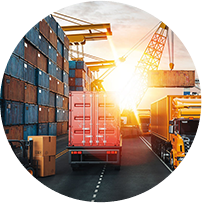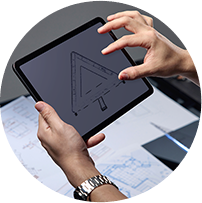Essential Car Emergency Supplies: What You Need to Be Prepared
Basic Safety and Survival Supplies
Basic safety and survival supplies are the foundation of any car emergency kit. These items are essential for ensuring your immediate safety and comfort during an emergency:
First Aid Kit: A first aid kit is indispensable in any emergency situation. It should be stocked with a variety of items to treat minor injuries and stabilize more serious ones until professional medical help can be obtained. Essential contents include adhesive bandages, gauze pads, antiseptic wipes, antibiotic ointment, tweezers, scissors, medical tape, pain relievers (such as ibuprofen or acetaminophen), and an assortment of over-the-counter medications for allergies, burns, and stomach issues. Additionally, consider including a first aid manual to guide you through unfamiliar procedures.
Water and Non-Perishable Food: Staying hydrated and nourished is critical if you're stranded for an extended period. Store several bottles of water in your vehicle and check them periodically to ensure they haven’t expired. Non-perishable food items like energy bars, nuts, dried fruits, and canned goods with easy-open lids are ideal. Aim to have enough supplies to last at least 72 hours, and consider dietary restrictions and allergies when choosing these items.
Blankets and Extra Clothing: Weather conditions can change rapidly, and being unprepared for the cold can lead to hypothermia, especially if you're stranded overnight. Keep a couple of warm blankets or thermal emergency blankets in your car. Additionally, pack extra clothing layers, including hats, gloves, socks, and a rain poncho. These items can also be useful for changing into dry clothes if you get wet, further preventing hypothermia.
Flashlight and Extra Batteries: Visibility is a key concern during any emergency, especially if it occurs at night or in a poorly lit area. A reliable flashlight can help you navigate safely, check the condition of your vehicle, or signal for help. LED flashlights are preferred due to their durability and long battery life. Always carry extra batteries or consider a rechargeable flashlight with a built-in hand crank or solar charging capability.
Multi-Tool: A multi-tool is a compact, versatile item that combines several tools into one, making it an invaluable part of your emergency kit. Look for a multi-tool that includes pliers, a knife, screwdrivers, a can opener, and scissors. This tool can assist with a range of tasks, from cutting rope to performing minor vehicle repairs, and its compact size makes it easy to store in your glove compartment or emergency kit.
Tools and Equipment for Vehicle Recovery
Jumper Cables: Dead batteries are a common issue that can leave you stranded. Jumper cables allow you to restart your car with the help of another vehicle. Choose heavy-duty cables that are at least 10-12 feet long and ensure you know how to use them correctly. Some modern vehicles are equipped with battery jump packs, which are compact, portable devices that eliminate the need for another vehicle.
Tire Repair Kit and Spare Tire: Flat tires can happen anywhere, and being prepared to handle them is essential. A tire repair kit typically includes tire plugs, a sealant, and tools to temporarily fix punctures. Ensure you also have a properly inflated spare tire, a jack, and a lug wrench. Familiarize yourself with the process of changing a tire, as it can save you valuable time in an emergency.
Tow Rope or Chain: If your vehicle becomes stuck in mud, snow, or a ditch, a tow rope or chain can be used to pull it out with the assistance of another vehicle. Choose a tow rope or chain rated for the weight of your vehicle, and ensure it has sturdy hooks or loops for secure attachment. Knowing how to safely attach and use these tools is crucial to avoid causing further damage to your vehicle or endangering yourself.
Emergency Roadside Flares or Reflective Triangles: Visibility is critical during roadside emergencies, especially in low-light conditions or heavy traffic areas. Emergency flares or reflective triangles can alert other drivers to your presence and help prevent accidents. Place these items at strategic points around your vehicle to create a safe perimeter. LED flares are a modern alternative to traditional flares and are reusable, durable, and safe to handle.
Portable Air Compressor: A portable air compressor can be used to inflate a flat tire and is a convenient tool to have on hand. These devices are typically powered by your car's 12V outlet and come with a pressure gauge to ensure accurate inflation. Regularly check thecondition of your tires and keep the compressor accessible for quick use.
Communication and Navigation Aids
Cell Phone Charger: Your cell phone is a crucial tool for communication and navigation, so keeping it charged is essential. Ensure you have a car-compatible charger that plugs into your vehicle's 12V outlet. Consider a portable power bank as a backup to keep your phone charged if your vehicle's battery fails.
Emergency Radio: In situations where cell service is unavailable, a battery-powered or hand-crank emergency radio can provide important updates on weather and emergency broadcasts. Look for a radio that includes NOAA weather alerts and AM/FM bands. Some models also include built-in flashlights and USB ports for charging small devices, making them versatile additions to your emergency kit.
GPS Device or Maps: While most people rely on smartphones for navigation, having a dedicated GPS device or physical maps as a backup is invaluable if your phone dies or loses signal. GPS devices are more reliable in remote areas and can provide turn-by-turn directions. Physical maps, including regional and local road maps, can help you navigate when electronic devices are unavailable. Familiarize yourself with basic map-reading skills to make the most of these tools.
Whistle: A whistle can be used to signal for help if you are trapped or need to attract attention from rescuers. It's a simple yet effective tool for making loud, distinct noises that can be heard over long distances. Attach a whistle to your keychain or emergency kit for easy access.









